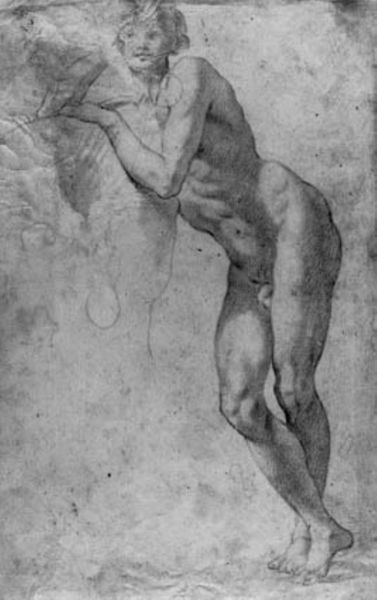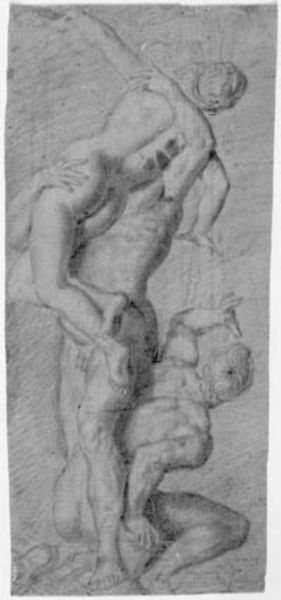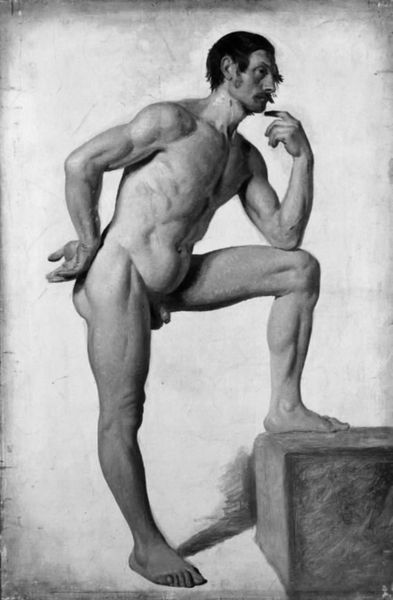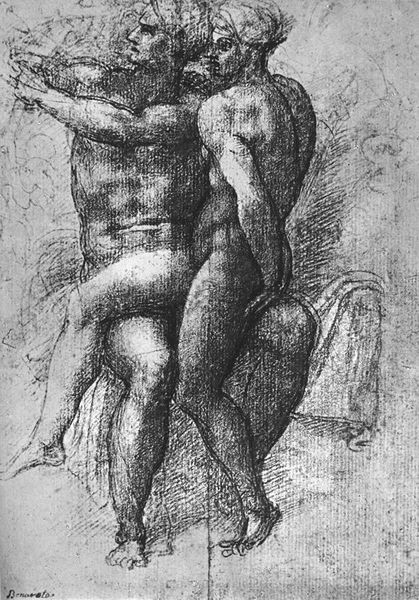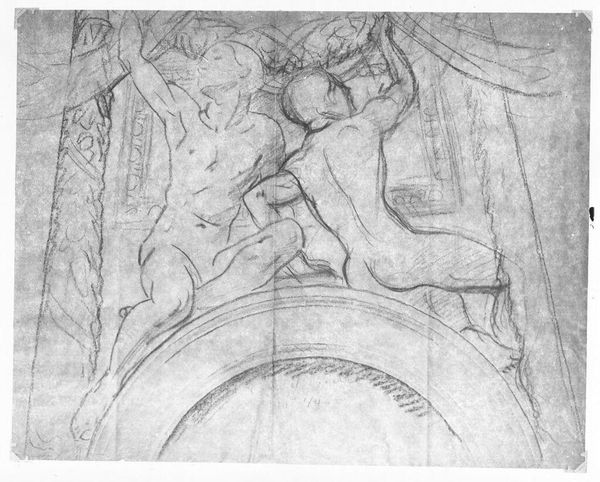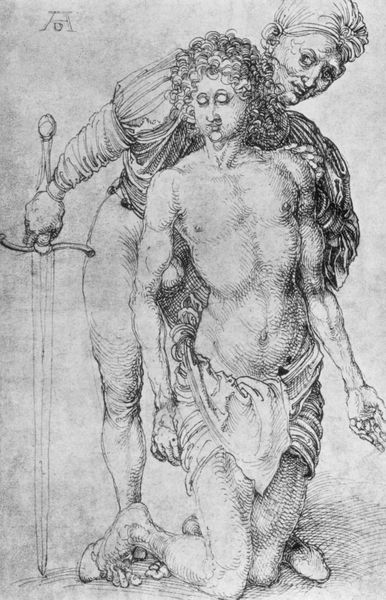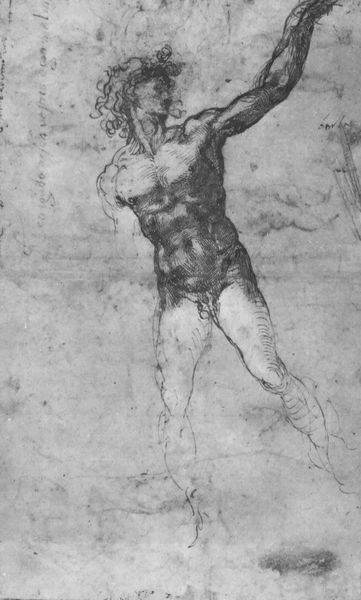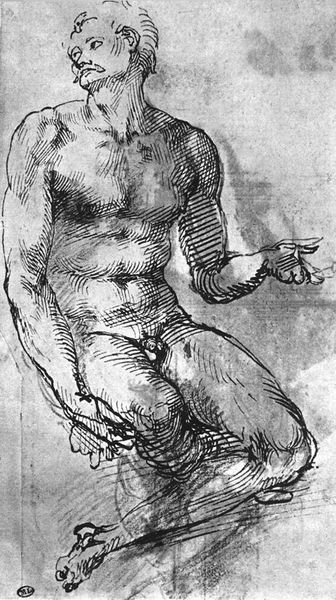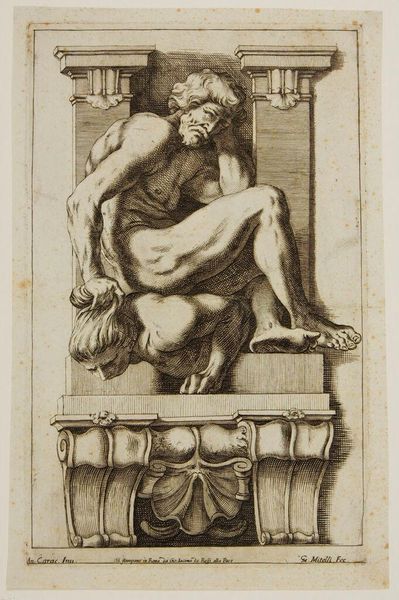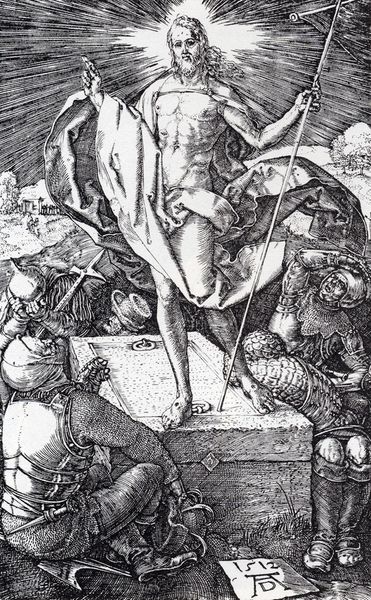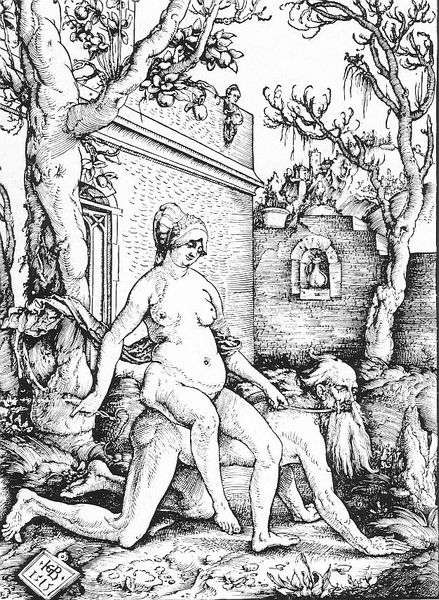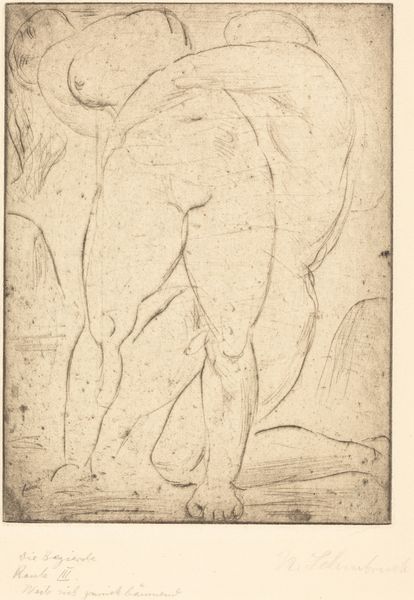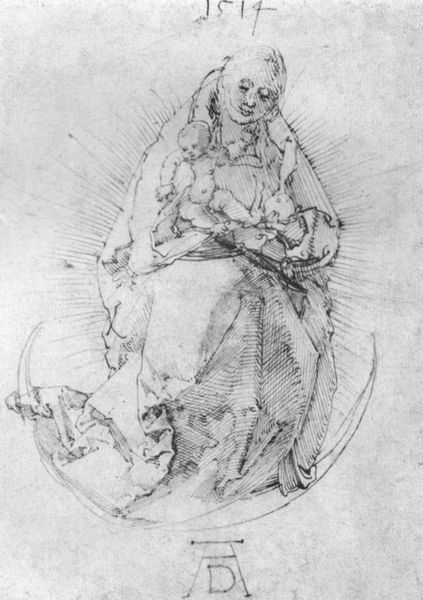
drawing
#
drawing
#
amateur sketch
#
light pencil work
#
pencil sketch
#
incomplete sketchy
#
charcoal drawing
#
charcoal art
#
portrait reference
#
limited contrast and shading
#
charcoal
#
graphite
Dimensions: 328 mm (height) x 231 mm (width) (bladmaal)
Editor: Here we have a drawing called "Ignudo from the ceiling of the Sistine Chapel," thought to be created between 1685 and 1699, located here at the SMK. The anonymous drawing is quite striking but feels unfinished in many ways. What captures your attention when you look at it? Curator: The ignudi themselves are figures of potent symbolic weight. Michelangelo placed them strategically within the chapel's ceiling to frame scenes from Genesis. Consider: what memories of the human form, of strength, and of classical ideals might these figures evoke in the viewer, then and now? Editor: So, their placement is crucial, and their very form as well? Curator: Absolutely. The ignudi, derived from classical sculpture, can be seen to embody the potential and inherent worth of humanity, untouched by the fall from grace depicted elsewhere in the chapel. Don't you see a pagan idealism reflected here? The pose, the muscularity… they remind us of a pre-Christian aesthetic tradition, grafted onto a Christian narrative. How might such juxtaposition be interpreted? Editor: It's fascinating to think about the layering of meaning. So the idealised human form contains multitudes and also carries so many art-historical references, from pagan to Christian? Curator: Exactly! It's this intricate interplay between the classical and the religious, the earthly and the divine, that gives Michelangelo's work its enduring power. And seeing it in a preparatory drawing, like this one, allows us to witness that creative thought. Editor: This has completely changed how I see the figure; thank you! Curator: My pleasure. Art reveals as much about the past as it does about ourselves.
Comments
No comments
Be the first to comment and join the conversation on the ultimate creative platform.
